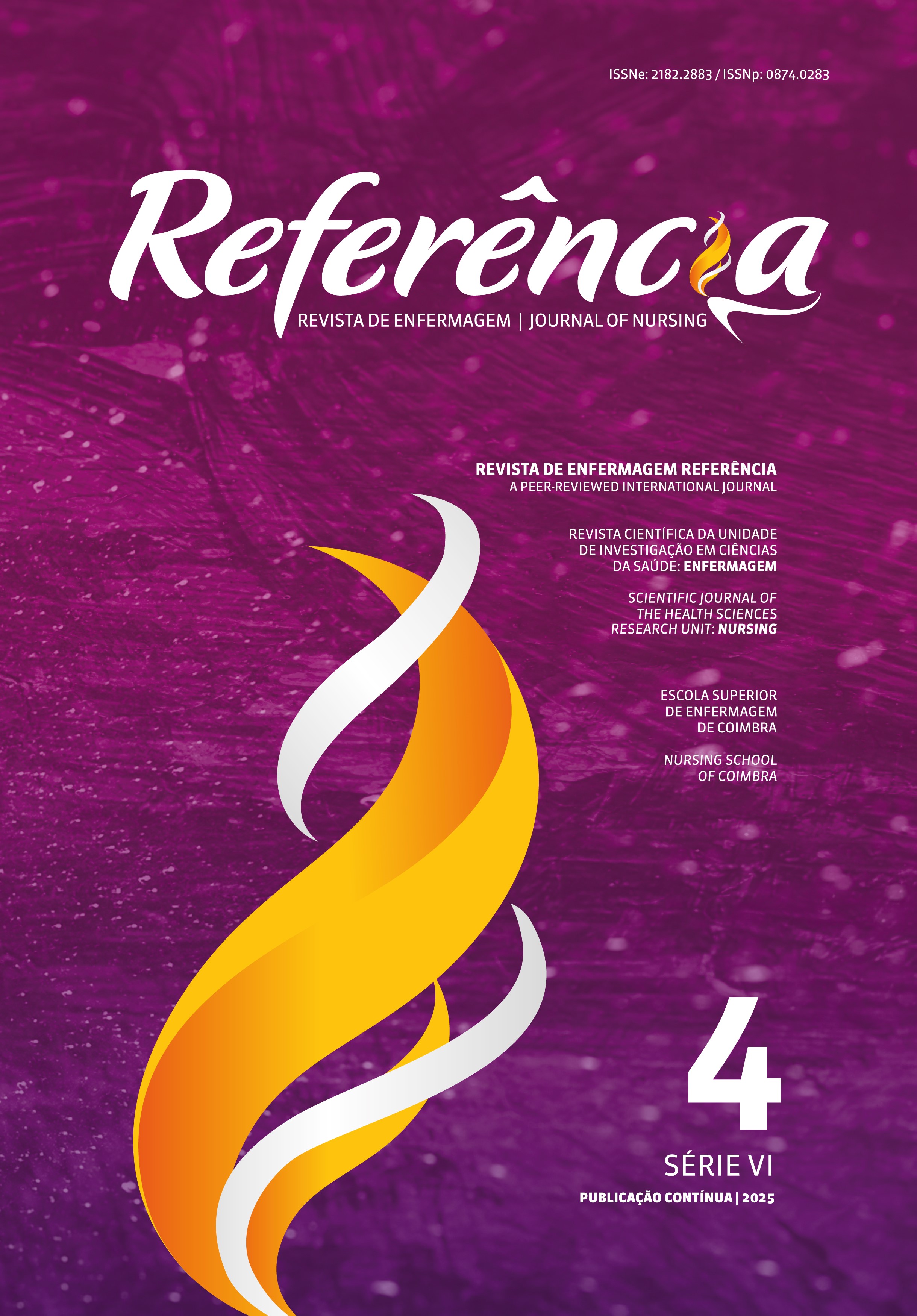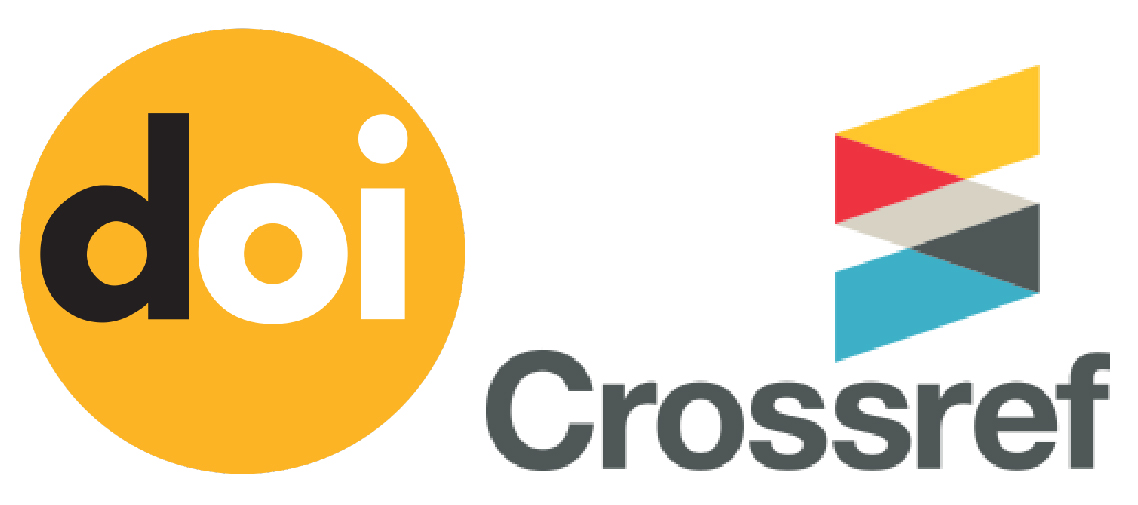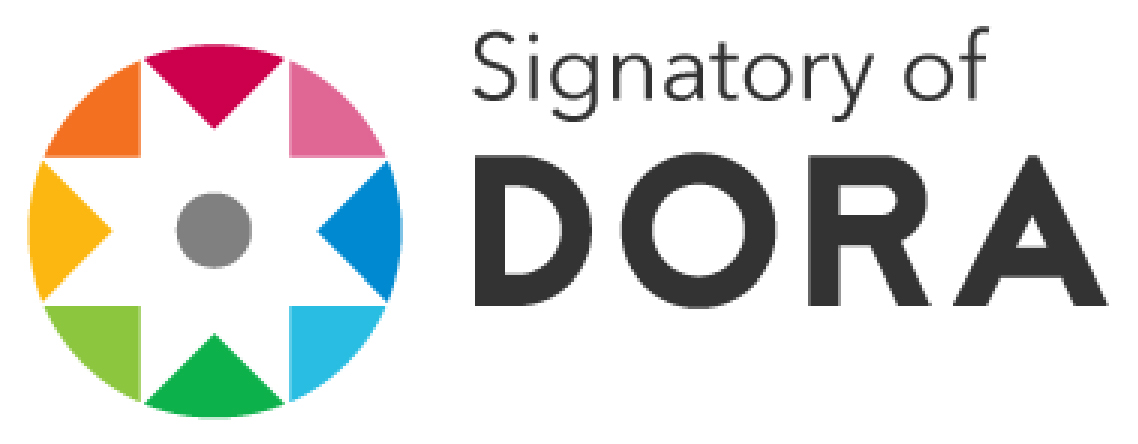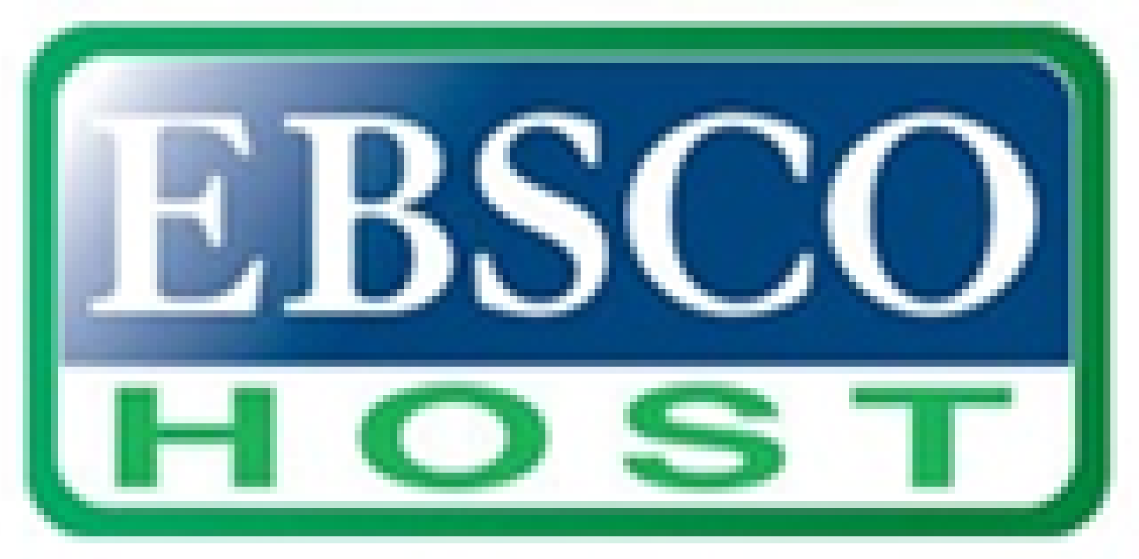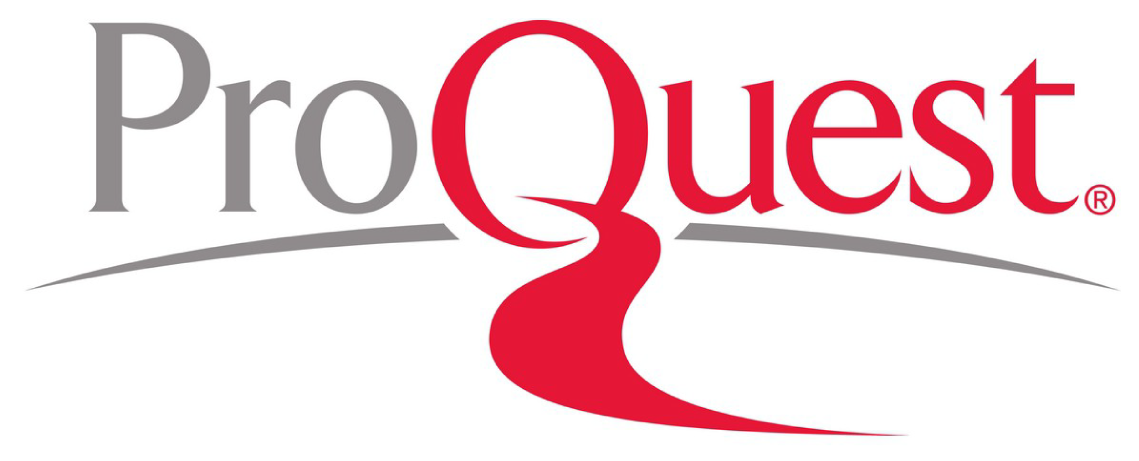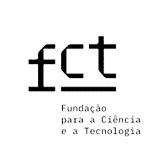Wound healing: In vitro effects of the pharmacotherapeutic use of sunflower oil (Helianthus annuus)
DOI:
https://doi.org/10.12707/RVI22026Keywords:
sunflower oil, wound healing, cell proliferation, antimicrobial, in vitro techniquesAbstract
Background: Vegetable oils have antimicrobial activity and promote cell proliferation. Sunflower oil is used as an alternative for treating skin wounds, particularly in underdeveloped or developing countries.
Objective: To characterize sunflower oil and evaluate the in vitro effects on cell proliferation and antimicrobial activity.
Methodology: The study was carried out using gas chromatography-mass spectrometry (GC-MS) analysis and cell proliferation and antimicrobial activity tests.
Results: The chromatographic analysis identified the main components of sunflower oil, namely: unsaturated fatty acids (82.2%) with linoleic (47.8%), oleic (28.7%), and linolenic (3.9%) acids as the main lipids, followed by saturated (12.70%), palmitic (8.8%) and stearic (3.6%) acids. A difference (p < 0.001) in cell proliferation was found between treatments with sunflower oil (100 and 10 μg/ ml) and the negative controls. It failed in antimicrobial activity against Escherichia coli, Staphylococcus aureus, Pseudomonas aeruginosa, Enterococcus faecalis, and Klebsiella pneumoniae.
Conclusion: Sunflower oil contains a high concentration of essential fatty acids and promotes cell proliferation but fails to inhibit bacterial activity.
Downloads
References
Alves, A. Q., Silva, V. A., Jr, Goes, A., Silva, M. S., Oliveira, G. G., Bastos, I., Castro Neto, A. G., & Alves, A. J. (2019). The fatty acid composition of vegetable oils and their potential use in wound care. Advances in Skin & Wound Care, 32(8), 1–8. https://doi.org/10.1097/01.ASW.0000557832.86268.64
Araujo, M. M., & Longo, P. L. (2016). In vitro antibacterial activity of Origanum vulgare (oregano) essential oil against Escherichia coli and Staphylococcus aureus strains. Arquivos do Instituto Biológico, 83, e0702014. https://doi.org/10.1590/1808-1657000702014
Canedo-Dorantes, L., & Canedo-Ayala, M. (2019). Skin acute wound healing: A comprehensive review. International Journal of Inflammation, 2019, Article 3706315. https://doi.org/10.1155/2019/3706315
Castro, V. R., Furtado, M. C., Bermudez, V. M., Silva, E. F., & Nascimento, V. L. (2021). Avaliacao da qualidade oleoquimica das sementes de gergelim (Sesamum indicum) e girassol (Helianthus annus). Research, Society and Development, 10(7), e3510716226. https://doi.org/10.33448/rsd-v10i7.16226
Chowdhury, K., Banu, L. A., Khan, S., & Latif, A. (2008). Estudos sobre a composicao de acidos gordos de oleo comestivel. Bangladesh Journal of Scientific and Industrial Research, 42(3), 311-316. https://doi.org/10.3329/bjsir.v42i3.669
Clinical and Laboratory Standards Institute. (2020). M100: Performance standards for antimicrobial susceptibility tests (30th ed.). https://www.nih.org.pk/wp-content/uploads/2021/02/CLSI-2020.pdf?utm_medium=email&utm_source=transaction
Das, U., Behera, S. S., & Pramanik, K. (2017). Ethno-herbal-medico in wound repair: An incisive review. Phytotherapy Research, 31(4), 579–590. https://doi.org/10.1002/ptr.5786
Dydak, K., Junka, A., Dydak, A., Brożyna, M., Paleczny, J., Fijalkowski, K., Kubielas, G., Aniołek, O., & Bartoszewicz, M. (2021). In vitro efficacy of bacterial cellulose dressings chemisorbed with antiseptics against biofilm formed by pathogens isolated from chronic wounds. International Journal of Molecular Sciences, 22(8), 3996. https://doi.org/10.3390/ijms22083996
Garcia, T. F., Borges, E. L., Junho, T., & Spira, J. (2021). Microbiological profile of leg ulcer infections: Review study. Revista Brasileira de Enfermagem, 74(3), e20190763. https://doi.org/10.1590/0034-7167-2019-0763
Han, G., & Ceilley, R. (2017). Chronic wound healing: A review of current management and treatments. Advances in Therapy, 34(3), 599–610. https://doi.org/10.1007/s12325-017-0478-y
Lania, B. G., Morari, J., Almeida, A. R., Silva, M., Vieira-Damiani, G., Lins, K. A., Cesar, C. L., Velloso, L. A., Maia, N. B., Cintra, M. L., & Velho, P. (2019). Topical essential fatty acid oil on wounds: Local and systemic effects. PloS ONE, 14(1), e0210059. https://doi.org/10.1371/journal.pone.0210059
Lin, T. K., Zhong, L., & Santiago, J. L. (2017). Anti-inflammatory and skin barrier repair effects of topical application of some plant oils. International Journal of Molecular Sciences, 19(1), 70. https://doi.org/10.3390/ijms19010070
Liu, X.-S., Gao, B., Li, X.-L., Li, W.-N., Qiao, Z.-A., & Han, L. (2020). Chemical composition and antimicrobial and antioxidant activities of essential oil of sunflower (Helianthus annuus L.) receptacle. Molecules, 25(22), 5244. https://doi.org/10.3390/molecules25225244
Lordani, T. V., Lara, C. E., Ferreira, F. B., Terron Monich, M. S., Mesquita da Silva, C., Felicetti Lordani, C. R., Giacomini Bueno, F., Vieira Teixeira, J. J., & Lonardoni, M. V. (2018). Therapeutic effects of medicinal plants on cutaneous wound healing in humans: A systematic review. Mediators of Inflammation, 2018, Article 7354250. https://doi.org/10.1155/2018/7354250
Poljšak, N., Kreft, S., & Kočevar Glavač, N. (2020). Vegetable butters and oils in skin wound healing: Scientific evidence for new opportunities in dermatology. Phytotherapy Research, 34(2), 254–269. https://doi.org/10.1002/ptr.6524
Rabonato, L. C., Amaral, R. D., Oliveira, R. S., Ferrari, R. A., & Morgano, M. A. (2017). Obtencao de oleo, farinha e biodiesel etilico a partir da prensagem a frio de amendoas de girassol. Energia na Agricultura, 32(3), 309-315. https://doi.org/10.17224/EnergAgric.2017v32n3p309-315
Rhazi, L., Depeint, F., & Gotor, A. A. (2022). Loss in the intrinsic quality and the antioxidant activity of sunflower (Helianthus annuus L.) oil during an industrial refining process. Molecules, 27(3), 916. http://dx.doi.org/10.3390/molecules27030916
Sen C. K. (2021). Human wound and its burden: Updated 2020 compendium of estimates. Advances in Wound Care, 10(5), 281–292. https://doi.org/10.1089/wound.2021.0026
Silva, J. S., Zilly, A., Silva, R. M., Librelotto, C. S., & Ferreira, H. (2021). Avaliacao da atividade antibacteriana do oleo de girassol: Respaldo para a enfermagem. Research, Society and Development, 10(9), e8710917941. https://doi.org/10.33448/rsd-v10i9.17941
Tabassum, N., & Vidyasagar, G.M. (2014). In-vitro antimicrobial activity of edible oils against human pathogens causing skin infections. International Journal of Applied Pharmaceutics, 5(10), 4493-4498. https://doi.org/10.13040/IJPSR.0975-8232.5(10).4493-98


